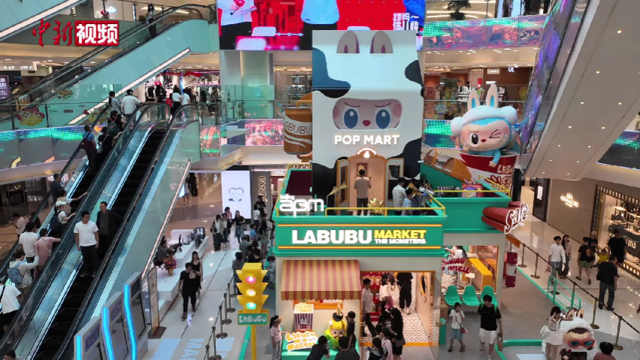Gen Z’s consumer culture runs on a predictable loop- a product explodes in popularity, floods social media, gets overconsumed, and is eventually replaced by the next viral obsession. That cycle hasn’t slowed down; the spotlight has shifted to the eerie charm of Labubu dolls, which have taken over timelines, marking a new phase in Gen Z’s aesthetic-driven consumerism. This article will explore the rise of these Labubu dolls and how Gen Z’s overconsumption is indeed never-ending.
Image Credits: Sandor Somkuti from Wikimedia Commons
What are these Labubu dolls?
According to the Pop Mart website, in 2015, Kasing Lung created a fairy world in three picture books inspired by Nordic mythology and populated it with magical characters, both good and evil, calling them The Monsters. Among them, the most prominent one was LABUBU, a small monster with high, pointed ears and serrated teeth. Despite the mischievous look, LABUBU is kind-hearted and always wants to help, but often accidentally achieves the opposite.

Image Credits: TOYSTV from Wikimedia Commons
So why are people going crazy over these mischievous dolls?
Fear Of Missing Out (FOMO)
Social media increased the fear of missing out, filling people with anxiety that they are not included in the latest trends or conversations. Pressure to be up to date and related causes most to do whatever is currently trendy. This ever-present struggle to not be left behind frames priorities around interest, rather than desire for social validation. The desire to stay in the spotlight, have the new unboxing, or possess the latest collectable generates a false sense of urgency, which typically will cause individuals to purchase items they do not necessarily need or desire.
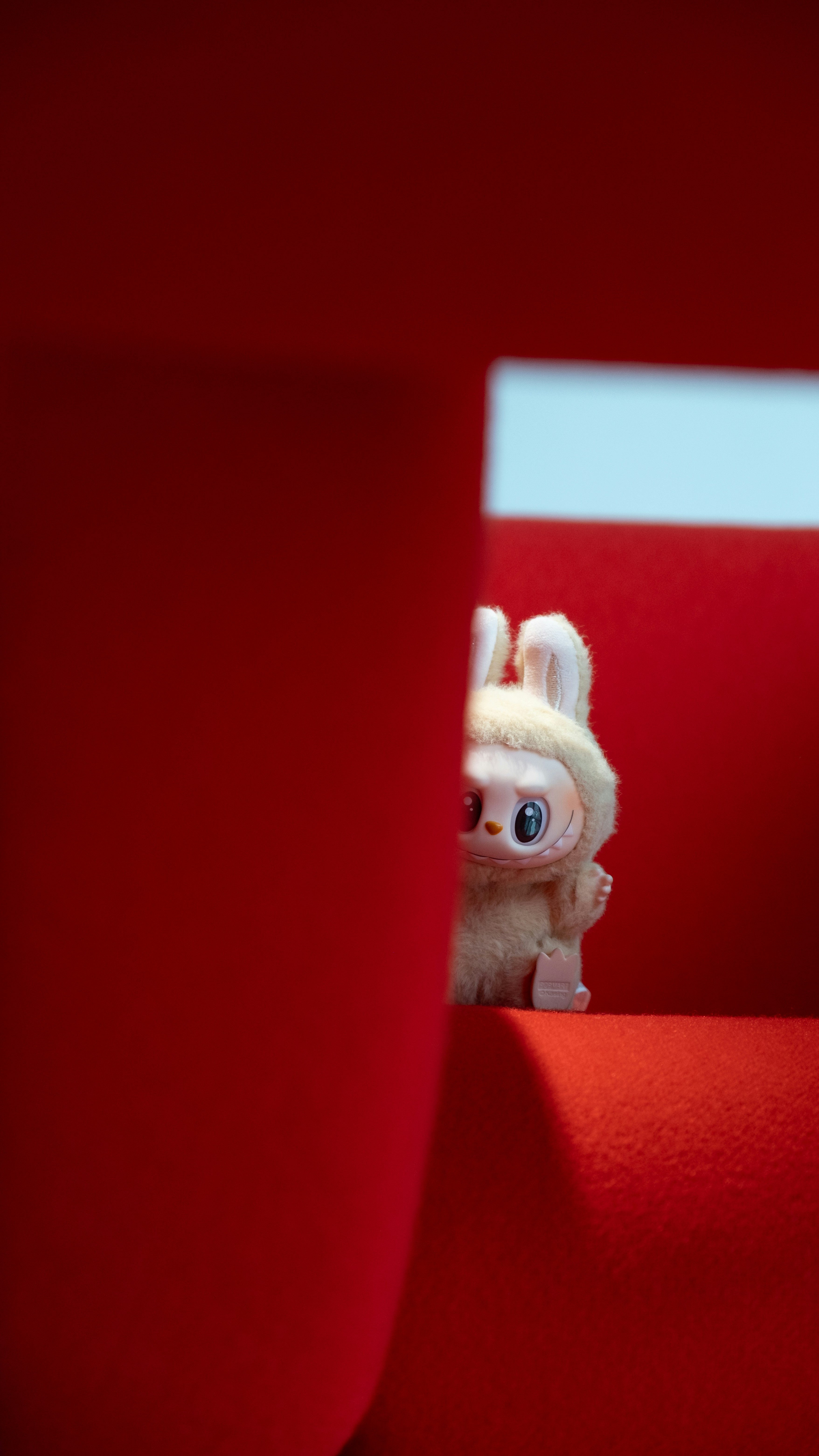
Image Credits: David Kristianto from Unsplash
This ever-present struggle to not be left behind frames priorities around interest, rather than desire for social validation. The desire to stay in the spotlight, have the new unboxing, or possess the latest collectable generates a false sense of urgency, which typically will cause individuals to purchase items they do not necessarily need or desire.
Celebrity Influence
We know celebrities have a big influence on products. With stars like Blackpink’s Lisa, Rosé, Kim Kardashian, Rihanna, and Dua Lipa seen with these dolls, demand soars. They like the dolls’ mischievous, whimsical look and their high price tags, making them symbols of luxury that many aspire to own. Prices range from $20 to over $10,000, fueling their exclusivity.
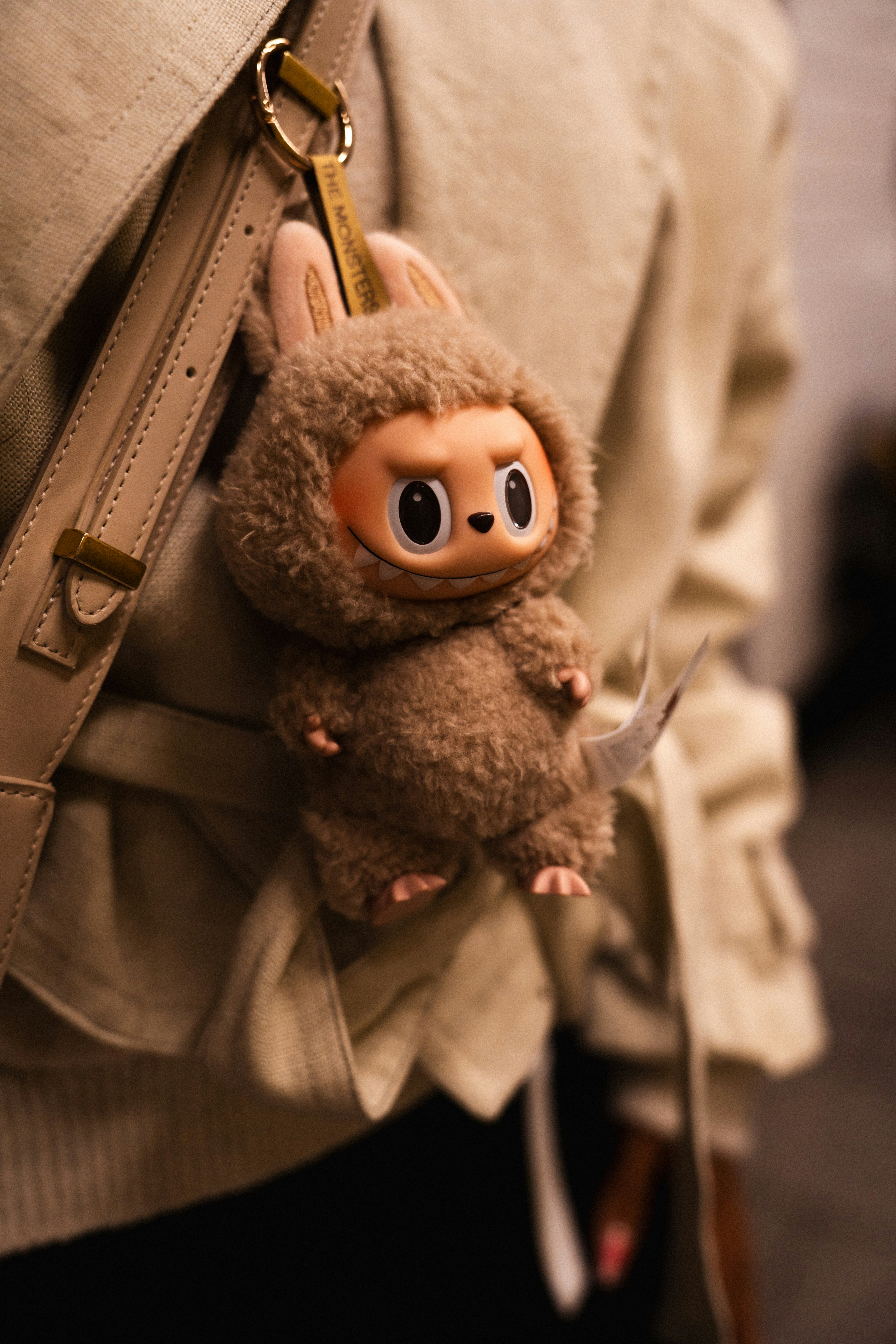
Image Credits: Dushawn Jovic from Unsplash
Emotional comfort and Nostalgia
Labubu, despite its creepy appearance, flickers the flame of innocence and warmth. A vast majority of the buyers have had their childhood moments stuffed with all kinds of toys, cartoon characters, and collectables, so the possession of a Labubu doll can be considered a way of re-experiencing one’s past.
The blind box trend is more or less the same as the adult version of opening surprise gifts or trading cards, when the excitement dictated the experience because of the uncertainty involved in the next move. This surprising factor creates a small dopamine rush with every box unpackaged, turning the whole process of collecting into both a calming ceremony and a thrilling addiction at the same time.
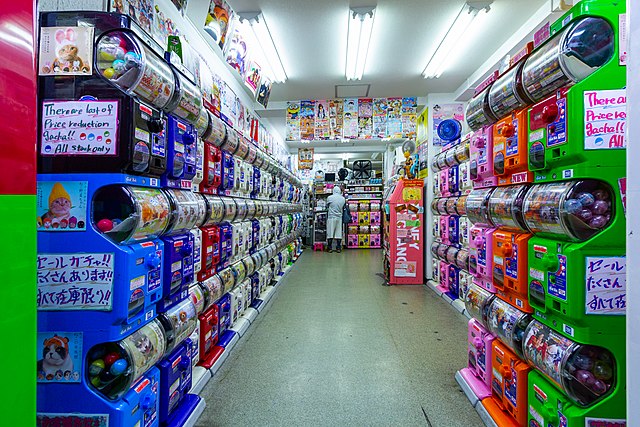
Image Credits: Ubahnverleih from Wikimedia Commons
Peak Consumerism: From an economic perspective
Economically speaking, Labubu is the ultimate example of how trends transform scarcity, hype, and social pressure into profit. A quirky, niche product gives way to a viral phenomenon and creates cycles of overuse. The blind box model creates excitement, and the possibility of receiving a rare one makes people come back repeatedly.
This fuels both original sales and a thriving resale market where scarce dolls can fetch multiples of their initial price. Social media increases the impact, making each unboxing moment one of FOMO and status.
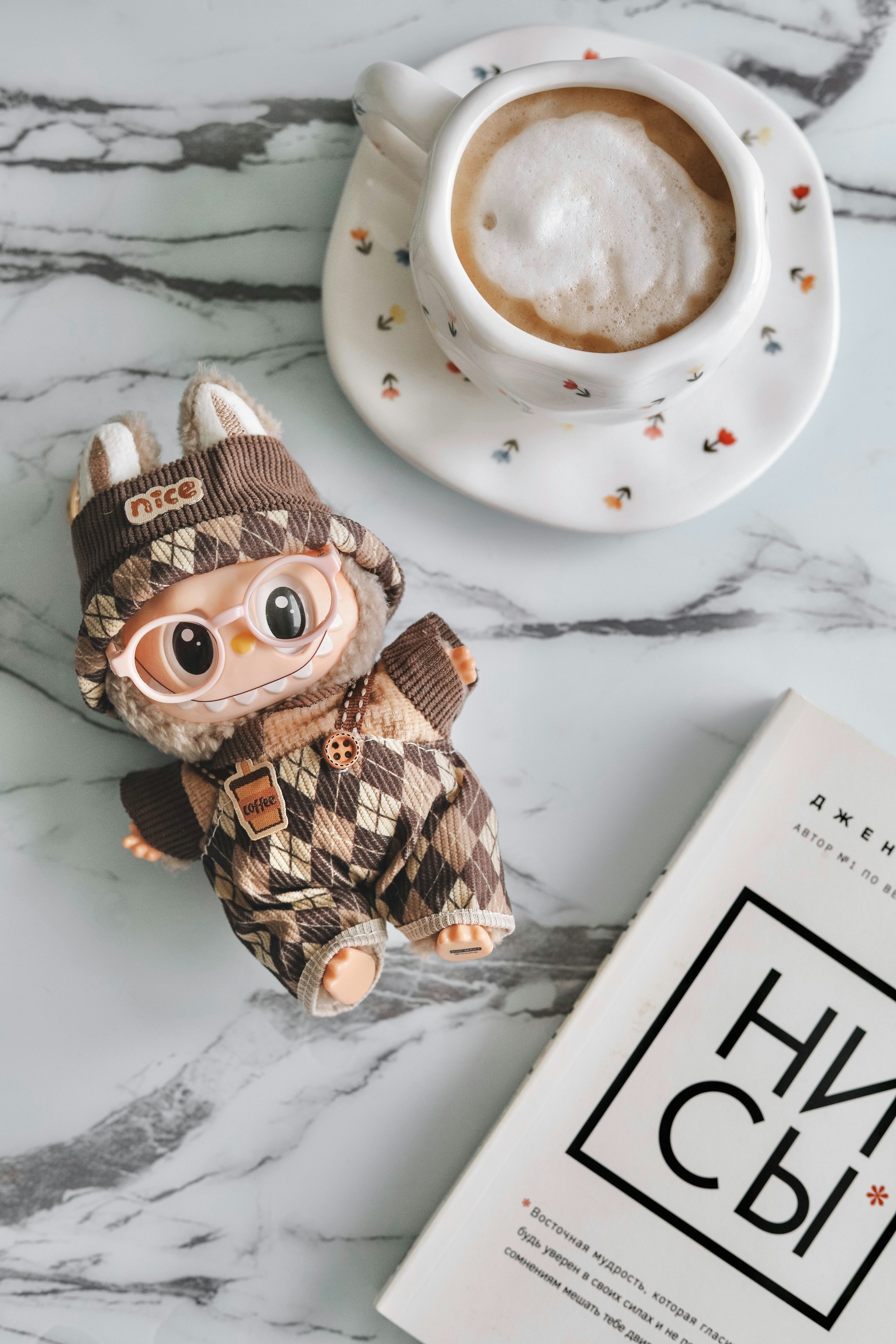
Image Credits: Julee Juu from Unsplash
Conclusion
One point I will always stress on is that as consumers, we need to separate what we really need from what we want and do not necessarily require. The unending race for the latest fashion has brought about a trend of overconsumption where the new thing takes the place of the last one very quickly, and there is hardly any time left for thinking or even catching one’s breath. Overconsumption by Gen Z is a strong push, even making tiny collectable items to stand for large economic and social forces.
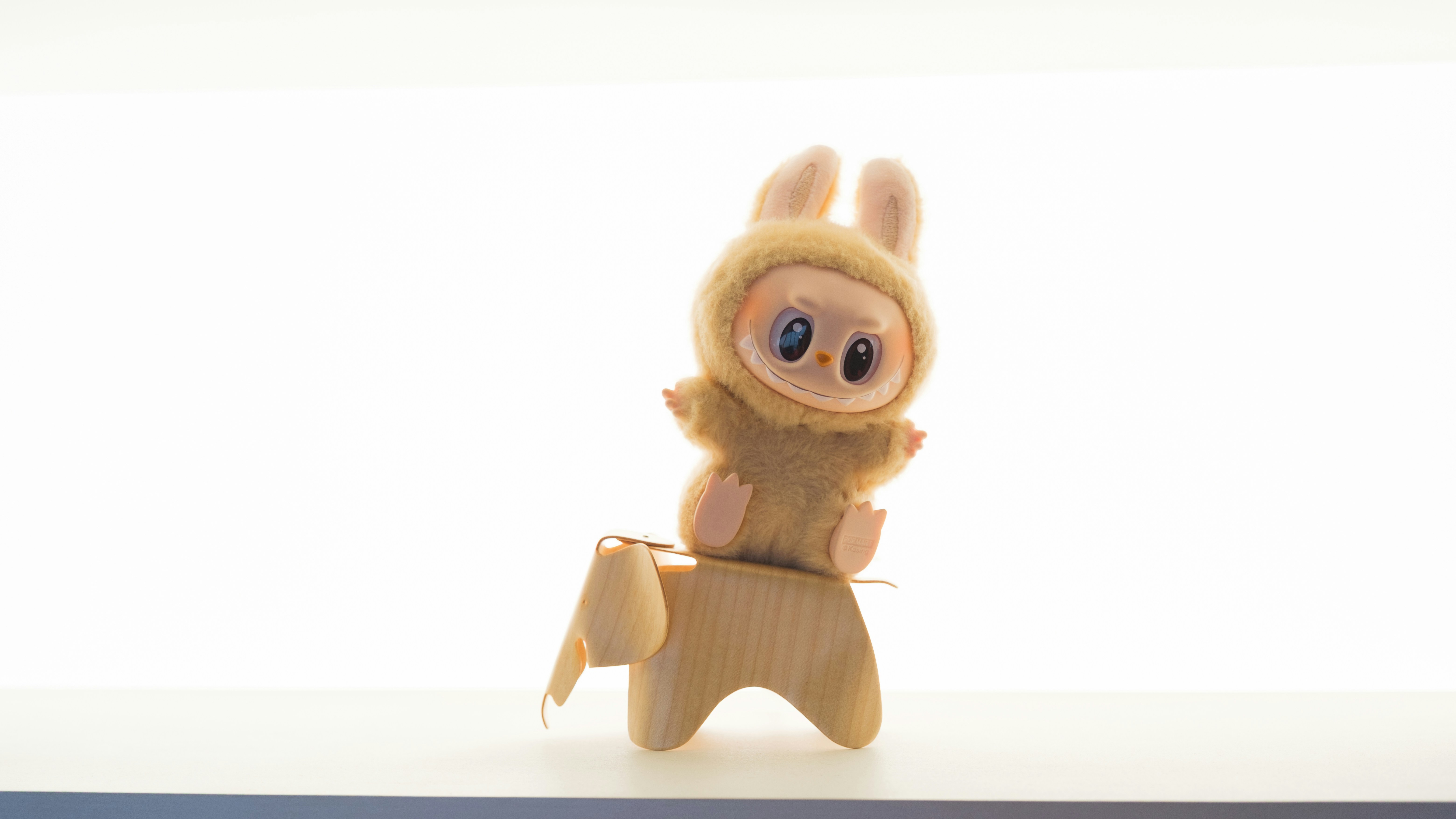
Image Credits: David Kristianto from Unsplash
We must be smart and selective about our purchases and make practicality and necessity our main criteria instead of trends. Impulsive buying not only has negative repercussions on the budget, but the impact can sometimes last even after a long time. Just seeing these prices makes me feel that I am already spending money, even without actually buying anything.


